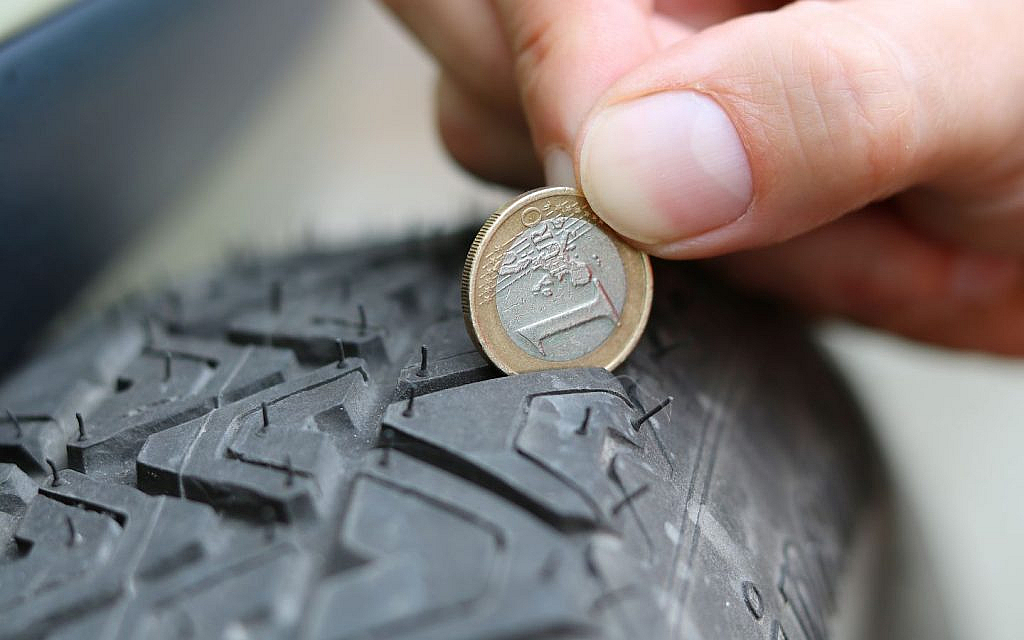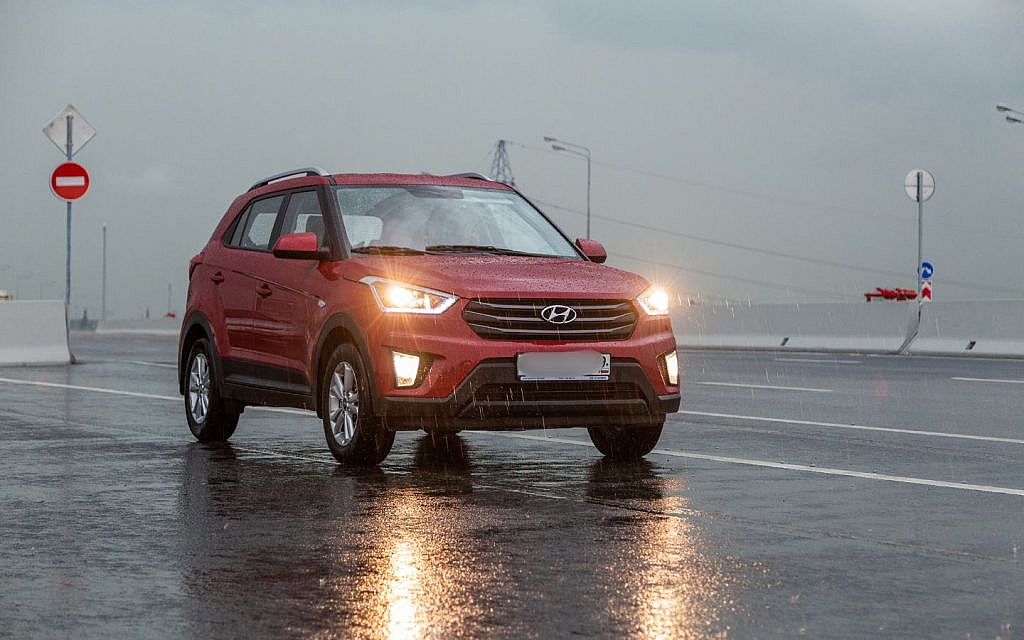Useful Tips to Stop Your Car From Skidding While Driving
A car skids when its tyres lose traction with the road, causing them to slide instead of rolling smoothly. This often happens due to factors like wet or icy surfaces, sudden braking, sharp acceleration or abrupt steering. This sudden loss of control can result in accidents, injuries or damage to your car. Knowing how to prevent your car from skidding and how to respond if it happens is essential for staying safe behind the wheel.
Why Do Cars Skid
Cars skid mainly for two reasons:
Loss of Traction: Slippery surfaces such as wet, icy or oily roads reduce the friction between tyres and the pavement, making it harder to maintain control.
Abrupt Manoeuvres: Sudden steering, rapid acceleration or hard braking can exceed the tyres’ grip, triggering a skid.
Understanding these causes allows you to adapt your driving habits that help avoid skidding while driving.
Helpful Tips to Stop a Car From Skidding
By staying alert and taking proactive measures, you can keep better control of your car. Below are some helpful tips to help you prevent skidding in all driving conditions.
Maintain Good Tyre Condition

Maintaining good tyre condition is essential, as your tyres are the only point of contact between your car and the road. Regularly checking tread depth is crucial because worn tyres have reduced grip, which increases the risk of skidding. To determine if a tyre needs replacing, you can use a coin to check the tread depth. For instance, with a dirham coin, if the coffee pot image is fully visible, the tyre should be replaced. It’s also important to maintain proper tyre pressure, as both underinflated and overinflated tyres can compromise traction.
Paying attention to signs of damage on car tyres, such as cracks, bulges or uneven wear, can help prevent accidents and costly repairs. If you notice your car pulling to one side while driving, it could be a sign of uneven wear or alignment issues that should be checked immediately to maintain control and safety. Additionally, rotating your tyres and checking alignment ensures even wear, allowing for maximum contact with the road surface and enhancing overall safety.
Reduce Speed
Slowing down, especially in poor weather or on curves, drastically lowers the chance of skidding. High speeds reduce your reaction time and make it harder to regain control if traction is lost.
Avoid Sudden Manoeuvres
To avoid skidding, it’s important to steer smoothly and avoid sharp turns, as sudden movements can cause loss of control. Brake gradually rather than slamming on the brakes, since sudden braking can lock your tyres and trigger skids. Similarly, accelerate gently, as smooth acceleration helps your tyres maintain consistent contact with the road, ensuring better traction and overall safety.
Increase Following Distance
Maintaining a safe following distance is essential for preventing accidents. Under normal driving conditions, you should keep at least a 2-second gap between your car and the vehicle ahead. In wet or icy conditions, increase this distance to at least 4 seconds. This extra space provides more time to react, helping you avoid abrupt braking and reducing the risk of skidding.
Adapt to Road Conditions

Always adjust your driving to match current road and weather conditions. Rain, ice, snow or oil spills significantly reduce traction. Be extra cautious near shaded areas, bridges and intersections, which are prone to black ice.
Besides road conditions, regular maintenance also plays a key role in safety. Services such as vehicle wheel balancing improve stability, reduce vibrations and ensure tyres grip the road evenly, lowering the risk of skidding on slippery surfaces.
What to Do If Your Car Starts to Skid
Knowing how to react quickly and correctly can help you regain control and prevent accidents.
- Stay Calm and Focused: Avoid panicking. Overcorrection can worsen the situation.
- Ease Off the Gas: Gently release the accelerator instead of slamming on the brakes.
- Steer Into the Skid: Turn the steering wheel in the direction you want the car to go. For fishtailing (rear tyres sliding), steer in the direction the rear is moving.
- Avoid Braking: Braking during a skid can further disrupt traction.
- Straighten the Wheels: If steering into the skid doesn’t help, straighten the wheels gently to regain control.
FAQs
What causes a car to skid while driving?
A car skids when it loses traction on slippery surfaces or during sudden steering, braking or acceleration.
What should I do if my car starts skidding?
If your car starts skidding, stay calm, gently ease off the gas and steer in the direction of the skid.
Does tyre pressure affect skidding risk?
Improper tyre pressure can reduce traction and increase the risk of skidding.
By following these expert-backed safe driving tips to avoid skidding, you can significantly reduce the risk of losing control and stay protected on the road, even in challenging weather conditions. Regular vehicle maintenance, cautious driving and adapting to road conditions are all key factors in ensuring a safe journey.
If you’re considering upgrading or changing your vehicle, there are plenty of used cars for sale in the UAE offering reliable performance.
Keep reading the dubizzle auto blog to learn more driving tips for safety.
Comments
Post a Comment